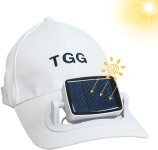Ok, so this is quite tongue in cheek, but the new tech in the Swarovski Visio got me thinking about other innovations that it might be good to see in binoculars. One thing that’s always bugged me is how unusable bins quickly get in heavy rain (particularly, wet objective lenses). Would some kind of blower/heater ever be feasible to keep the rain off/dry them more quickly?! Or, probably more realistically, could we see improved hydrophobic coatings that work effectively? (Or is the latter unlikely since env regs put paid to Swaroclean?)
What other new binocular innovations would people like to see introduced?
What other new binocular innovations would people like to see introduced?







